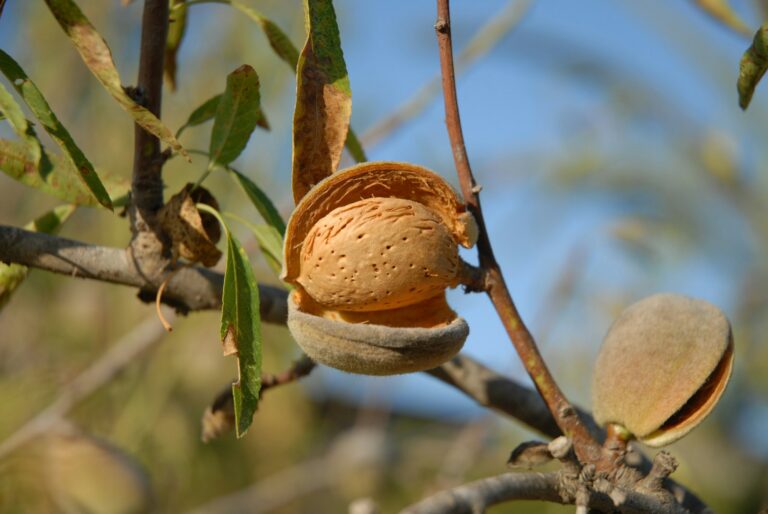Comprehensive Guide to Identifying and Managing Common Canna Lily Pests

Canna lilies are a delightful addition to any landscape, bringing a touch of tropical flair with their vibrant flowers and banana tree-like leaves. However, like many garden plants, these beautiful blooms are also susceptible to a variety of pests that can wreak havoc on their health and appearance. In this in-depth guide, we will explore the common pests that plague canna lilies and provide you with valuable information on how to identify, control, and prevent infestations.
Common Canna Lily Pests
- Aphids
- Caterpillars
- Japanese Beetles
- Scale Insects and Mealybugs
- Spider Mites
- Thrips
Keeping a close eye on your canna lilies throughout the growing season is essential for early detection and prompt action to combat these pests effectively.
Aphids
Aphids are tiny insects that can quickly multiply and infest your canna lilies, causing damage to their leaves and overall health. These pesky pests feed on the plant’s sap, leading to yellowing leaves, stunted growth, and reduced flower production. If you notice an aphid infestation, you may see small, pear-shaped insects clustered on the underside of leaves, along with a sticky substance called honeydew.
To control aphids on your canna lilies, you can wash them off with a strong stream of water for minor infestations. For larger outbreaks, consider using an insecticidal soap like Bonide Insecticidal Soap, which is effective in killing aphids on contact without harming beneficial insects.
Caterpillars
Various caterpillar species, such as wooly bear caterpillars and canna lily leafrollers, can also pose a threat to your canna lilies by feeding on their foliage. If you notice large holes in the leaves of your plants, caterpillars may be the culprits. Hand-picking caterpillars off your plants or using Bacillus thuringiensis kurstaki (Btk) spray can help manage these pests effectively.
Japanese Beetles
Japanese beetles are attracted to the flowers of canna lilies and can cause significant damage by feeding on their leaves. Implementing beneficial nematodes and hand-picking adult beetles can help control the infestation. Using pyrethrin-based pesticides can provide additional protection against these voracious pests.
Scale Insects and Mealybugs
Scale insects and mealybugs are sap-sucking pests that can weaken your canna lilies over time. Applying insecticidal soap or neem oil followed by introducing beneficial insects like lacewings can help reduce the population of these pests and prevent further damage.
Spider Mites
Spider mites are tiny arachnids that feed on the contents of canna leaves, leaving behind silvery spots. Using neem oil and predatory mites like Phytoseiulus persimilis can effectively control spider mite infestations and protect your plants from further damage.
Thrips
Thrips are small, winged insects that can feed on the stems of canna lilies, potentially spreading diseases and causing bloom failure. Monitoring for thrips using sticky traps and introducing beneficial insects like lacewings can help manage these pests and protect your plants’ health.
Conclusion
By understanding the common pests that affect canna lilies and implementing timely control measures, you can ensure the health and beauty of your plants throughout the growing season. Regular monitoring, proper identification, and targeted interventions are key to combating pest infestations effectively. With the right strategies in place, you can enjoy a vibrant and thriving garden filled with these tropical beauties. Share your experiences with pest management in the comments below and explore our recommended guides for further information on cultivating healthy canna lilies.





